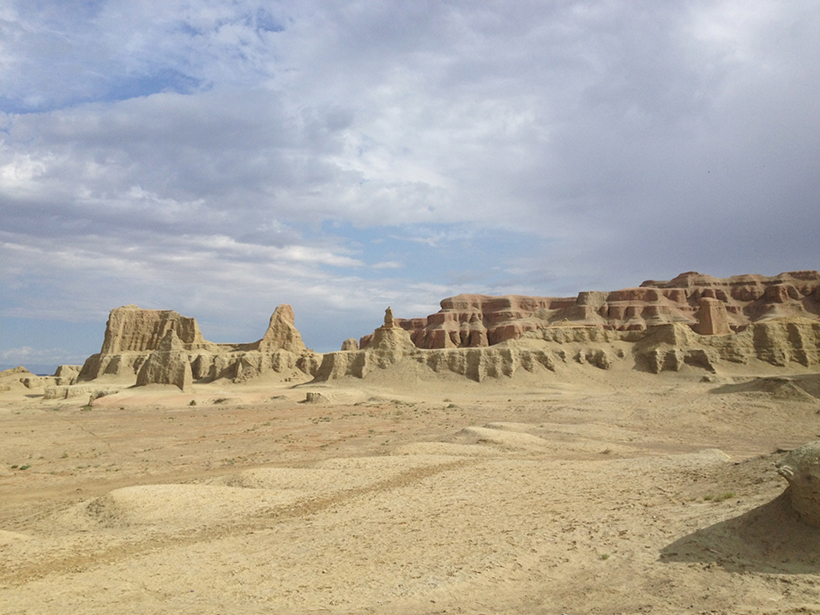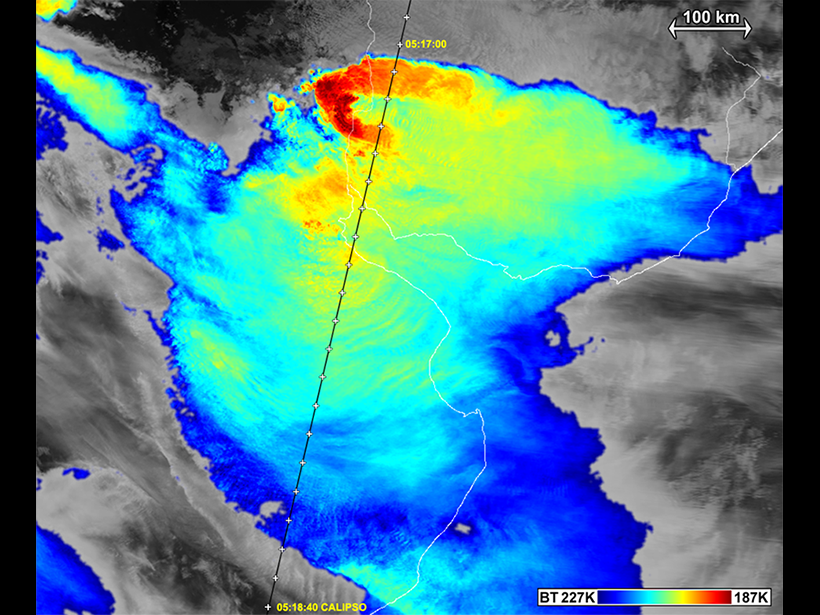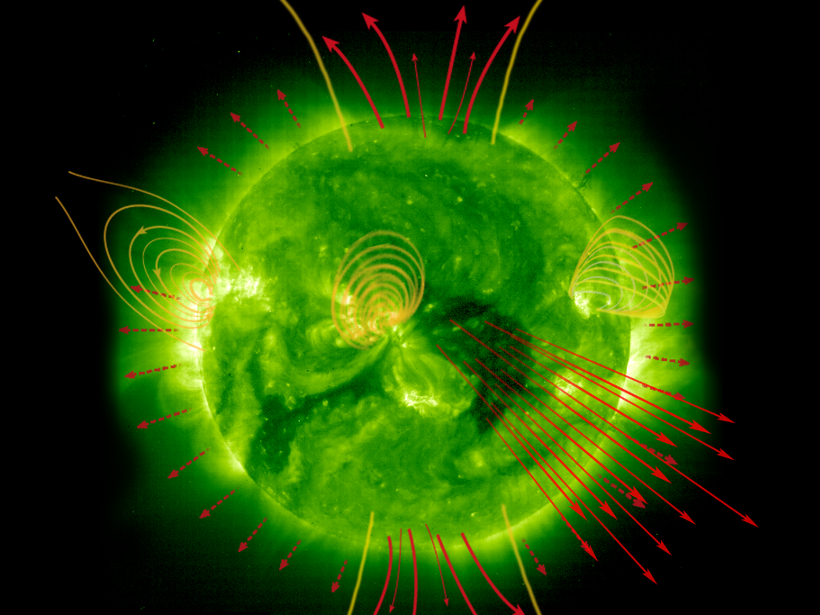A combination of observations and modeling reveals evidence of a late Paleozoic intraoceanic subduction zone in the western Junggar region of northwest China.
CC BY-NC-ND 2016
How Accurate Are Ionospheric Models?
A new study puts the latest version of a venerable model of Earth's ionosphere to the test, with some unexpected results.
When Thunderstorms Have Wings
A new study uncovers the origin of a gull wing–shaped cirrus cloud above an Argentinian thunderstorm captured in satellite images.
Habitat Fragmentation Prevents Migration During Climate Change
East Coast species will face the most difficulty finding routes to cooler homes as climate change forces migration.
Enhancing Safety in a Volcano's Shadow
A new project gives civil authorities and scientists a common set of tools for assessing volcanic hazards and managing associated risks.
Chasing Down the Slow Solar Wind
The Sun's plasma blasts Earth’s magnetosphere at more than a million miles per hour. The fastest pours from holes in the corona, but until recently the source of the "slow" solar wind was a mystery.
Predicting Temperature Shifts off the U.S. East Coast
New research reveals the relative importance of oceanic and atmospheric processes in year-to-year changes in ocean temperature along the Middle Atlantic Bight.
NASA’s Juno Spacecraft Set to Orbit Jupiter Starting 4 July
The spacecraft's titanium vault and a polar orbiting flight plan that avoids intense radiation regions around Jupiter's equator will help reduce damage to Juno's instruments.
Focusing the Human Lens on Glacial Outburst Floods
To better prepare mountain communities for possible floods, experts say that it is important to understand the communities themselves.
Geoscientists Visit Their Legislators on Capitol Hill
The American Geophysical Union's Congressional Visits Day acquaints members of Congress with the breadth of geophysical research being carried out in their districts and across the nation.








